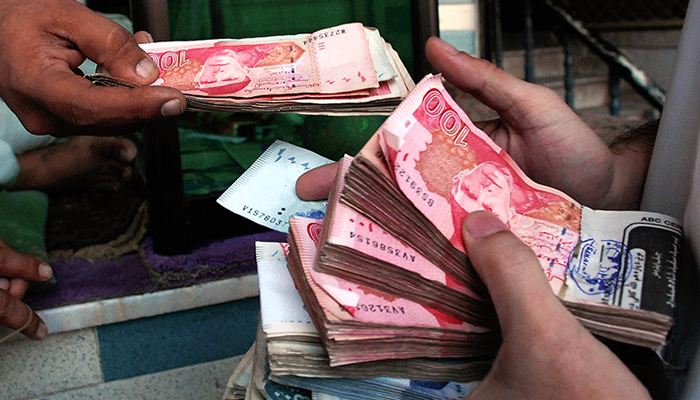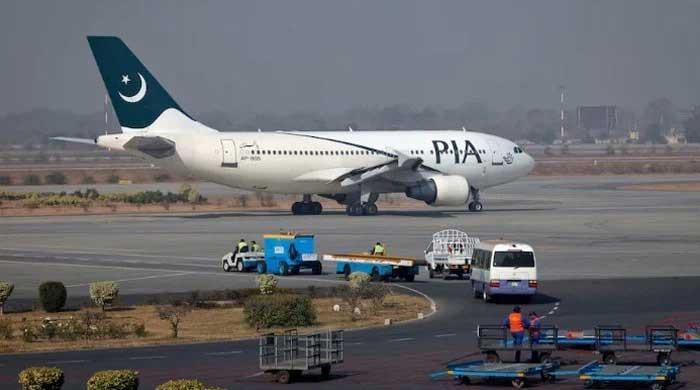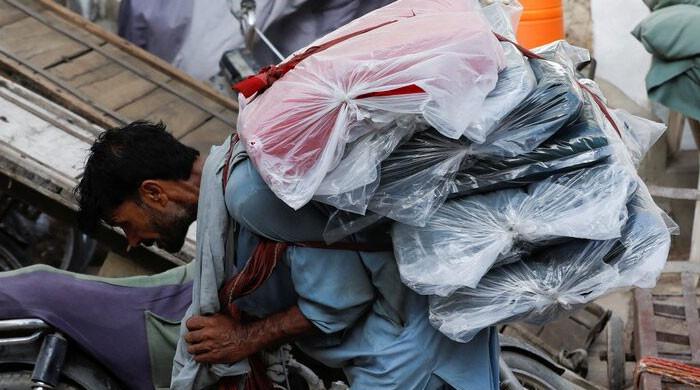Fourth successive session: Rupee extends losses against US dollar
Rupee closes the day at Rs225.64 against the US dollar in interbank market
December 23, 2022

- Rupee closes at Rs225.64 against US dollar in interbank market.
- External sector figures are not encouraging for the country.
- In open market, rupee closes flat at Rs234.7 against dollar.
The Pakistani rupee remained under pressure in the interbank market for the fourth consecutive session as the country's dwindling foreign exchange reserves took a toll on the market sentiment.
Data released by the State Bank of Pakistan (SBP) showed the local unit closed the day at Rs225.64 against the US dollar in the interbank market compared to losing 0.09% from Thursday’s close of Rs225.43.
The external sector figures are not encouraging for the country as the foreign exchange reserves are dwindling with foreign inflows not in sight yet.
Foreign exchange reserves fell to $6.1 billion in the week ended December 16 — their lowest level since April 2014. The reserves held by the central bank declined $584 million.
In the open market, the domestic currency closed flat at Rs234.7 against the greenback.
Currency dealers believe that administrative measures had been used to artificially manage the rupee-dollar parity, including restrictions on the opening of letters of credit, import bans, and curbs on dollar repatriation.
The real effective exchange rate (REER) declined to Rs98.8 in November from 100.2 in the previous month.
Financial pundits predict that the sentiment on the rupee won’t improve till inflows from friendly countries materialise.
Pakistan had a total external debt servicing obligation of $23 billion in the fiscal year 2022-23, of which $6 billion has been repaid, and $4 billion rolled over. While the government had received commitments to fund the remaining amount, delays in International Monetary Fund (IMF) ninth review have cast a shadow on those commitments.
Moreover, with further repayment obligations of $75 billion during FY24-26, the external account remains in a tight spot. The government estimates disbursements of $103 billion during the next three years to finance the repayments and the current account deficit using a combination of bilateral, private debt, and multilateral flows.
In addition to fostering the grey market, a 10–12% difference between official and unofficial currency rates has a negative impact on remittances from legitimate sources.
Analysts expect the State Bank of Pakistan to gradually relax administrative restrictions once the ninth review of the IMF’s loan programme concludes and other inflows start to manifest.











